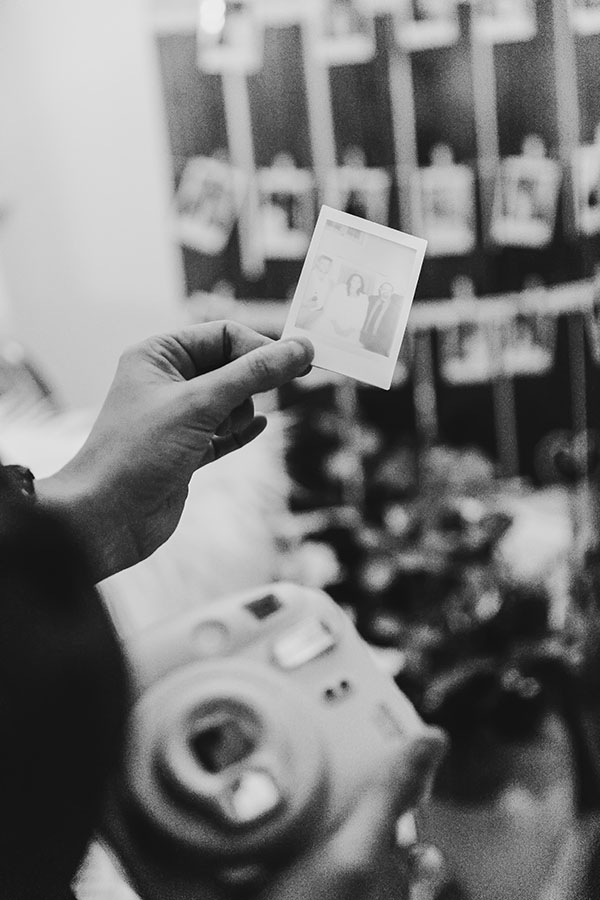Am I a tea snob? Not yet! Yesterday I started to work towards my tea snob certificate! I go enough to tea parties so I think it’s about time I learn about the history and grading of tea. Our local expert is world tea traveler and Tea Master, Elaine Terman. Elaine is teaching a series this month and another next month at her business, Elaine’s Tea Shoppe. Today we learned all about my favorite type, black teas. Seven top grade black teas were layed out for us to taste. There are different levels of grades and one of the first ways you can tell your drinking a high grade is a large leaf. If you are drinking regular tea bags from stores it is most likely not loose leaf but dust or could be fannings (broken leaves). Dust/fannings brew faster (surface area) so you have to be careful not to leave the tea bag in too long before it becomes bitter. Dust was actually created for restaurants because of this time savings. NOW I KNOW I’M NOT CRAZY! My entire life I would just leave the tea bags in for about :15 seconds (depending on the temperature). I hate it when the server brings tea to the table where the bag has been sitting in the water. Tea is so bitter that way! I guess I was a “unknown” tea snob all along. In contrast, with loose leaf tea it can brew 3 to 5 minutes (depending on water temperature). The best teas in the world come from a section ranging from the lower portion of China and a little past India. The soil is a large part of the taste so as we went along the map she explained where the tea estates were located.
.jpg)
Black teas have a dry taste but if they are a high grade are VERY smooth. Teas from Sri Lanka taste very similar to Lipton’s brand. Elaine said the larger companies purchase all of their tea auction style. Buyers get to taste before, then purchase in large quanties for their blending. The blend mix is the brand’s secret. Makes you wonder if they don’t win the bid if big brands flavor changes slightly year to year, hmmm…
.jpg)
Another way to tell quality in tea is golden tips. An infuser was used for each sampling. The rule of thumb is 1 tsp per cup. However, each time you infuse you can detect different flavors. Most times you can get at least 3 infuses for tasting.
.jpg)
I took rather detailed notes. I learned about proper storage. NO TUPPERWARE or plastics! The best way is either glass or tin and out of light. If it’s in glass, tea needs to be in a black bag or stored out of sunlight. Teas also only last up to 2 years. I guess I can throw out the tea I purchased in Ireland 10 years ago! Thought it was safe in my tupperware. Ooops.
.jpg)
You can also differentiate teas by their color. Remember, all of these are black teas! Teas grown in higher altitudes are lighter and more floral in flavor. A desired quality is also the astringency, or dryness that coates your mouth. My favorite was Golden Monkey! It was very smooth, not much astringency (I don’t prefer this quality) and had a hint of caramel. Of course this was the most expensive out of all we tasted!
.jpg)
Adding 2-3 cups a day of tea to your diet is a health benefit too! Black tea (iced or hot) helps inflamation, diabetes, heart health to name a few. Black tea has the most health benefits above white and green. Tea is the most balanced substance on earth. It does have caffeine (1/2 of coffee) but is equally balanced with athene. Athene is calming. So you’ll get the “wake up” from the caffeine but then will be relaxed. Because of this you’ll never get the jitters from drinking tea.
.jpg)
I learned so much today. I can’t wait until next week for green teas! Elaine’s blog is worth checking out too where you can see more detailed shots of her shop. I’ll try to take more myself next week.





